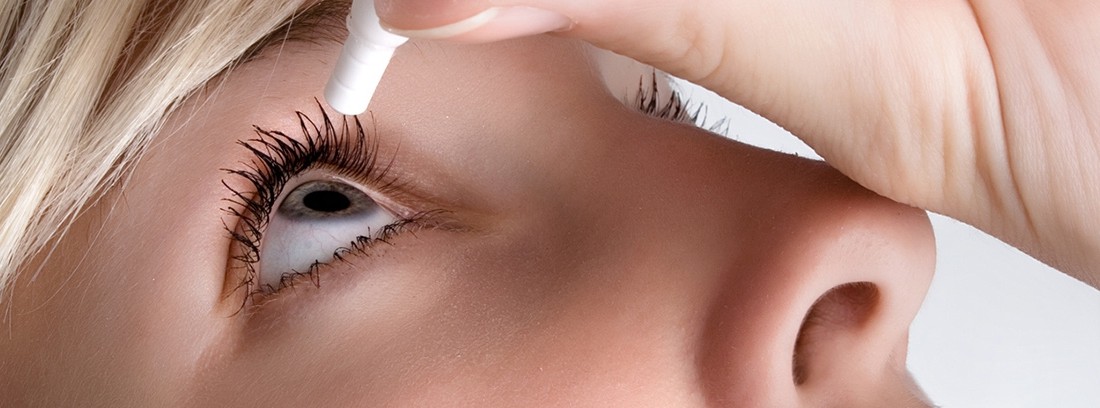Eyebright, a rest for the eyes

The eyebright It is a plant of the scrofulariaceae family that grows, depending on the characteristics of its habitat, between 5 and 30 cm. It has erect and generally branched stems, the leaves are veined and edged with lobes, slightly toothed.
It blooms in small, sparse, whitish spikes with purple stripes and yellow spots. The fruit is an ovoid and flattened capsule. It blooms twice a year, in spring and fall. The medicinal part is the florid aerial part. It has a bitter taste.
The names
Euphrasia derives from the Greek word "Euphrosyne" which means joy. With this name one of the Three Graces of Greek mythology was known and it was also used to name the goldfinch. On the other hand, officinalis is a qualifier used to designate those plants for use in "the pharmacy or apothecary" and therefore "for medicinal use".
In English, this plant is commonly known as "eyebright" because the application of the infusion in the eyes enhances their shine.
The historical uses of eyebright
Since the fourteenth century, there is evidence of its use to treat. In the Middle Ages its use became very popular since the famous abbess, naturalist and thaumaturge, Saint Hildegard of Bingen (1098 to 1179) recommended it for eye diseases, so in some places eyebright was also known as the ocularia name.
Its use was related to the theory of signatures that said that each plant represented in its appearance the virtues it had, so eyebright was related to ocular health because the dark spot on the corolla of the flowers reminds one of a pupil and purple spots to a red eye.
As early as the fourteenth century, the physician Matthaeus Sylvaticus continued to recommend it for eye diseases. We find this same recommendation in the following centuries from the hand of famous doctors and botanists (Tragus, Fuchsius, Dodoens and others), who spread the use of this popular remedy.
Current uses
In eye care it is useful for its antimicrobial and antiseptic properties. Its popular use against, and tired eyes consequence of, has been corroborated by some studies on its antimicrobial action in the sphere of the eyes and by studies carried out in inflammatory or catarrhal conjunctivitis.
How to use?
For eyestrain it is recommended to prepare an infusion with a teaspoon of dried herb per cup of water, which is left to rest covered for 10 minutes. Once at room temperature it can be applied in the form of compresses (dipping a sterile gauze in the infusion and placing it on the closed eyelids) or as an eye bath. You can keep the excess liquid covered to use several times the same day, but it is not advisable to keep overnight.
As a promotion for styes, 5 tablespoons in 250 ml of boiling water are needed, which are left to infuse for 10 minutes and a wet gauze is applied in the form of a compress, as hot as possible (without burning), on the stye.
At present, various eyebright-based eye drops are on the market that are useful in various types of conjunctivitis and are used at the rate of 1-2 drops 3 to 5 times a day (it is recommended to follow the instructions on the package insert).
Contraindications, adverse effects and recommendations
They have not been described for external use under the conditions in which it is normally used.
Always consult a specialist before using any remedy. The insurances have a wide medical staff of ophthalmology specialists.
Informative note: the contents included in this section offer information related to existing therapies explained by specialists with experience in the field with an informative objective. MAPFRE does not intend in any way to position itself on its suitability or expressly promote its use.
- Since ancient times it has been used to treat eye ailments.
- At present, its antimicrobial and antiseptic properties have been recognized, making it useful in styes, conjunctivitis and tired eyes.
- You can apply the infusion or use it in the form of ready-made eye drops.
Maria Jose Alonso
Member of medicinal plants and homeopathy of the College of Pharmacists of Barcelona
(Updated at Apr 15 / 2024)